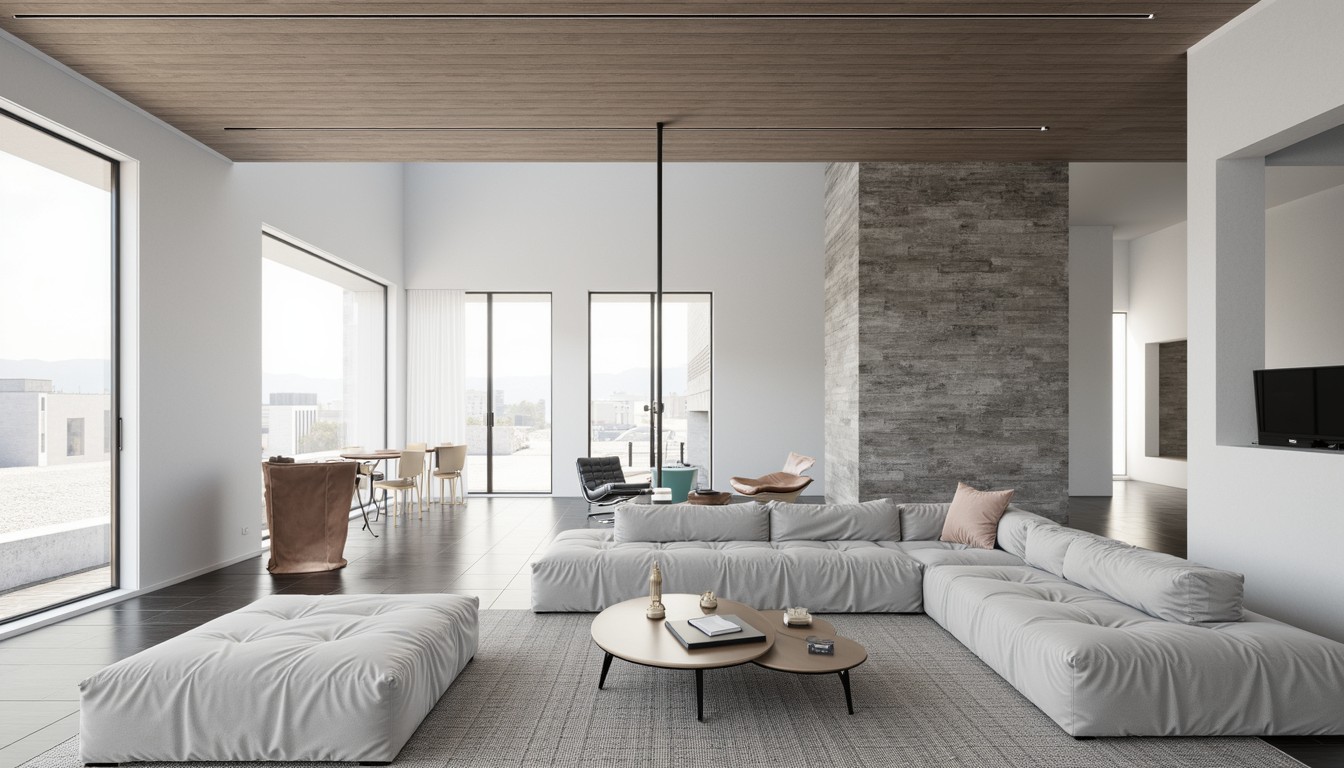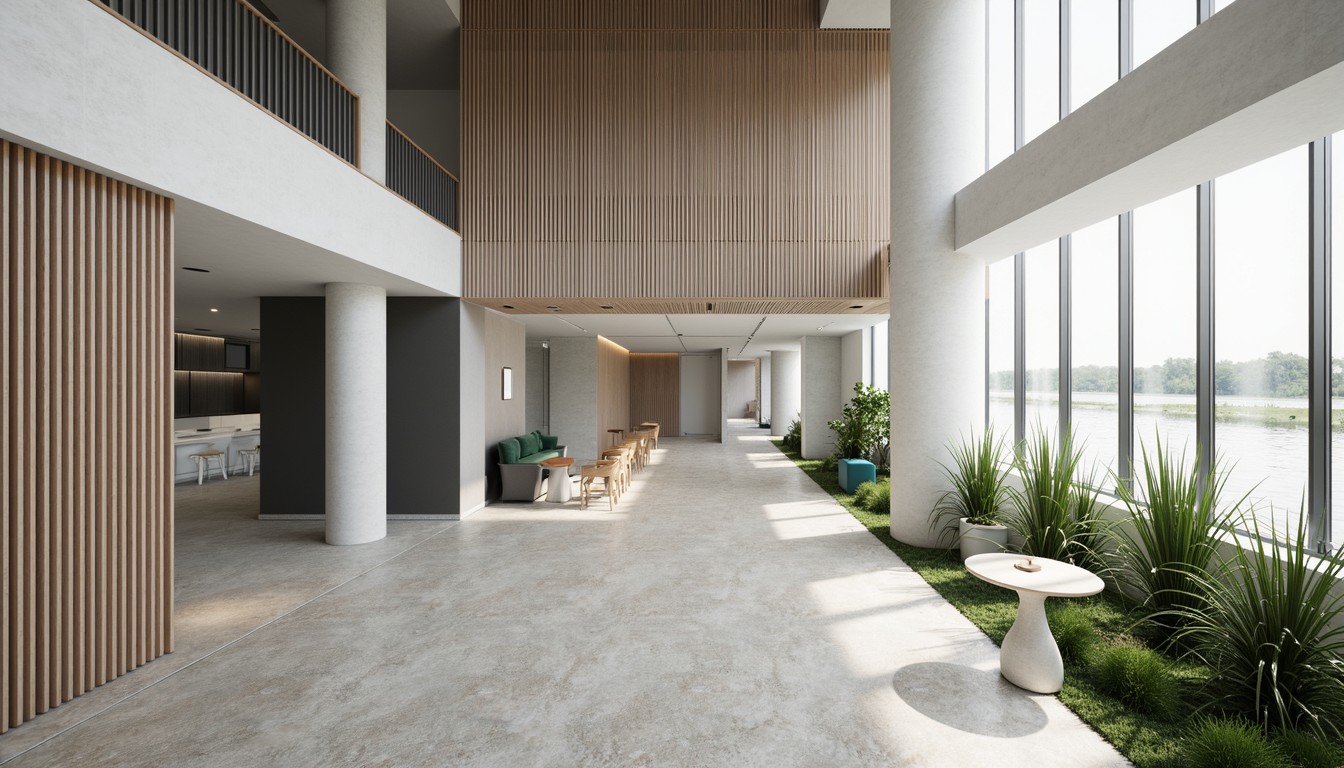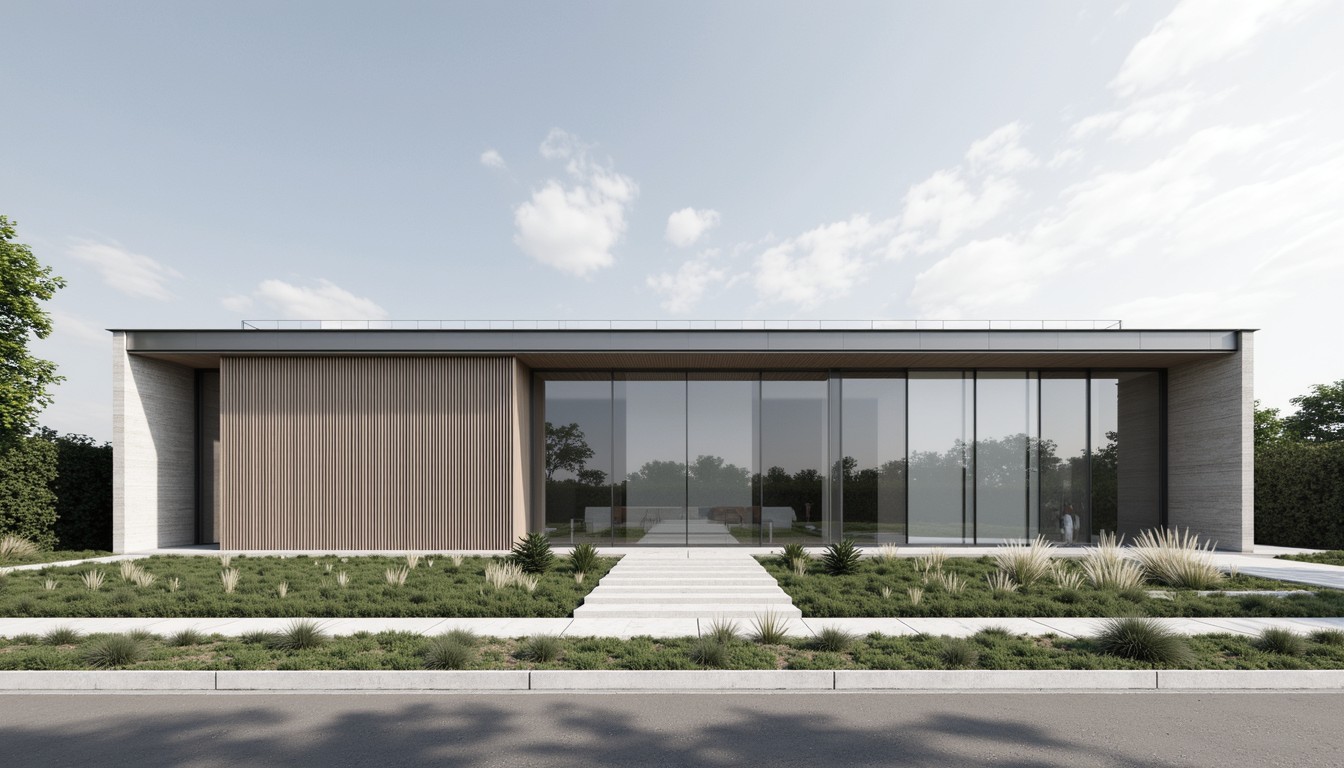Immersive Design: Revolutionizing Architecture with VR & AR
The architectural landscape is undergoing a dramatic transformation, driven by the integration of cutting-edge technologies. Virtual Reality (VR) and Augmented Reality (AR) are no longer futuristic fantasies; they are powerful tools reshaping how architects design, present, and experience their creations. At ArchNav, we're at the forefront of this revolution, leveraging the immersive power of VR and AR to deliver unparalleled architectural visualizations.
The Rise of Immersive Technologies in Architecture

For decades, architects relied on static 2D drawings and rudimentary 3D models to communicate their vision. While effective to a degree, these methods often failed to fully capture the spatial complexity and emotional impact of a design. VR and AR offer a radical departure, allowing architects and clients to step inside a building before a single brick is laid. This immersive experience fosters deeper understanding, enhances collaboration, and ultimately leads to better design outcomes.
Virtual Reality (VR) in Architectural Visualization:
VR provides a completely simulated environment, transporting users into a photorealistic virtual model of the building. Architects can use VR headsets to explore designs from any angle, walk through spaces, and experience the scale and proportions firsthand. This is particularly valuable for:
- Early-stage design exploration: Quickly test different design iterations and identify potential issues before construction begins.
- Client presentations: Engage clients with a truly memorable and impactful presentation, allowing them to experience the design in a visceral way.
- Design review and collaboration: Facilitate efficient feedback sessions with stakeholders by collaboratively exploring the design within the VR environment.
- Construction planning and walkthroughs: Use VR to simulate construction sequences and identify potential logistical challenges.
Augmented Reality (AR) in Architectural Design and Construction:
Unlike VR, AR overlays digital information onto the real world. This technology is proving incredibly useful in various stages of the architectural process:
- Site analysis and planning: AR apps can superimpose 3D models of proposed buildings onto existing site imagery, enabling architects to assess the design's fit within its context.
- Construction visualization: AR can guide construction workers by overlaying digital blueprints onto the physical construction site, minimizing errors and improving efficiency.
- Client interaction and marketing: AR apps allow clients to visualize a building on their own property, using their smartphone or tablet, offering a tangible and engaging experience.
- Interactive design presentations: AR can enhance physical models by adding interactive elements such as lighting simulations, material changes, or even virtual furniture placement.
Real-World Applications and Case Studies

The applications of VR and AR in architecture are diverse and rapidly expanding. ArchNav has been involved in numerous projects showcasing the transformative power of these technologies. For example, we recently worked with a developer on a high-rise residential project, using VR to present the design to potential buyers. The immersive experience dramatically increased engagement and resulted in significantly higher pre-sales.
In another project, we used AR to help a museum curator visualize the placement of new exhibits within an existing space. This allowed for efficient planning and avoided costly mistakes during the installation process. These are just a few examples of how ArchNav is leveraging VR and AR to deliver exceptional results for our clients.
Choosing the Right Technology for Your Project
The optimal choice between VR and AR depends on the specific needs of each project. VR is ideal for fully immersive experiences, while AR offers a more practical, real-world application. Often, a combined approach yields the best results. ArchNav works closely with our clients to determine the most effective strategy, leveraging our expertise in both technologies.
The Future of Immersive Architecture

The future of architectural visualization is undoubtedly immersive. As VR and AR technologies continue to evolve, we can expect even more realistic and interactive experiences. Advancements in haptics, AI, and other related fields will further enhance the capabilities of these technologies, leading to more efficient design processes, improved client communication, and ultimately, better-designed buildings.
ArchNav: Your Partner in Immersive Architectural Visualization
ArchNav is committed to pushing the boundaries of architectural visualization. We leverage the latest VR and AR technologies to create stunning, immersive experiences that empower architects and connect them with their clients in unprecedented ways. Our team of experienced professionals combines artistic vision with technical expertise to deliver exceptional results. Contact us today to discuss how we can help you transform your design process with the power of immersive technology.
